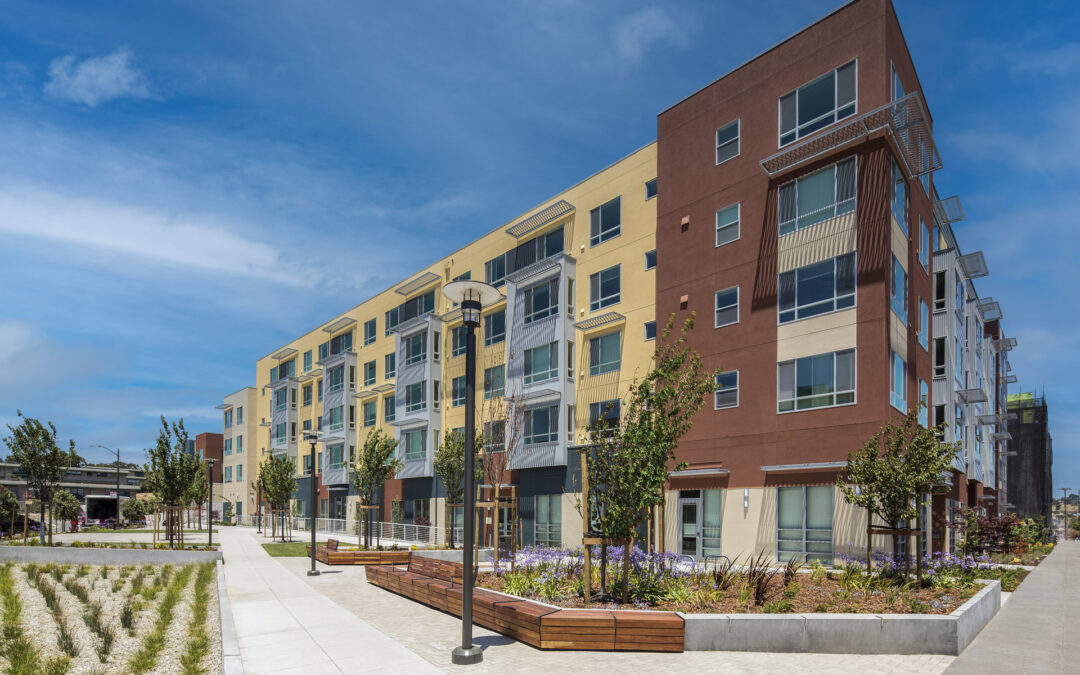Affordable housing providers are operating in an increasingly complex environment, and with rising operating costs, aging infrastructure, workforce limitations, and increased pressure to maximize net operating income (NOI), property and asset managers are being asked to do more with less, and without compromising resident satisfaction or long-term sustainability.
Amid these challenges, one area gaining momentum is smart building infrastructure. Tools like leak detection sensors, water monitoring systems, and automated maintenance alerts are helping multifamily housing operators gain greater control over operational risks, reduce unnecessary expenses, and improve overall performance.
Hidden Water Waste: A Costly Threat to NOI
One of the most overlooked threats to operating budgets is water waste. In many multifamily properties, toilet and plumbing leaks go unnoticed for weeks or months. A single slow leak can waste tens of thousands of gallons annually, driving up utility bills and contributing to larger maintenance issues like mold, drywall damage, and resident disruption.
By installing discreet, always-on sensors that detect leaks the moment they occur, property teams can take swift action to resolve problems before they escalate. This real-time visibility translates to lower water bills, fewer insurance claims, and reduced capital expenditures over time.
Operational Efficiency Without Adding Headcount
Staffing shortages continue to impact maintenance operations across the affordable housing sector, and smart infrastructure provides critical support by automating what used to be manual, time-consuming inspections. Sensors can alert teams instantly when an issue arises – no need to wait for a resident complaint or conduct routine checks that might miss hidden leaks.
This kind of proactive maintenance not only extends the lifespan of fixtures and plumbing, it also allows teams to prioritize urgent tasks and improve overall workflow without adding headcount.
Data That Drives Better Decision-Making
Smart infrastructure doesn’t just alert – it informs. The data collected over time can help property owners and operators identify patterns, flag recurring issues, and make better-informed decisions about where and when to invest in upgrades.
Whether you’re managing LIHTC communities, HUD-assisted properties, or large mixed-income portfolios, having access to real-time water usage and performance data empowers your team to stay ahead of both costs and compliance.
Future-Proofing Your Portfolio
As climate change, insurance volatility, and public funding constraints continue to reshape the housing landscape, affordable housing providers must take every opportunity to safeguard their assets. Investing in smart building technology is more than a cost-saving move – it’s a strategic approach to resilience.
By integrating intelligent water monitoring and leak detection into your infrastructure strategy, you’re not just responding to problems – you’re preventing them.
Learn how to get started today – book a demo with Sensor Industries.

